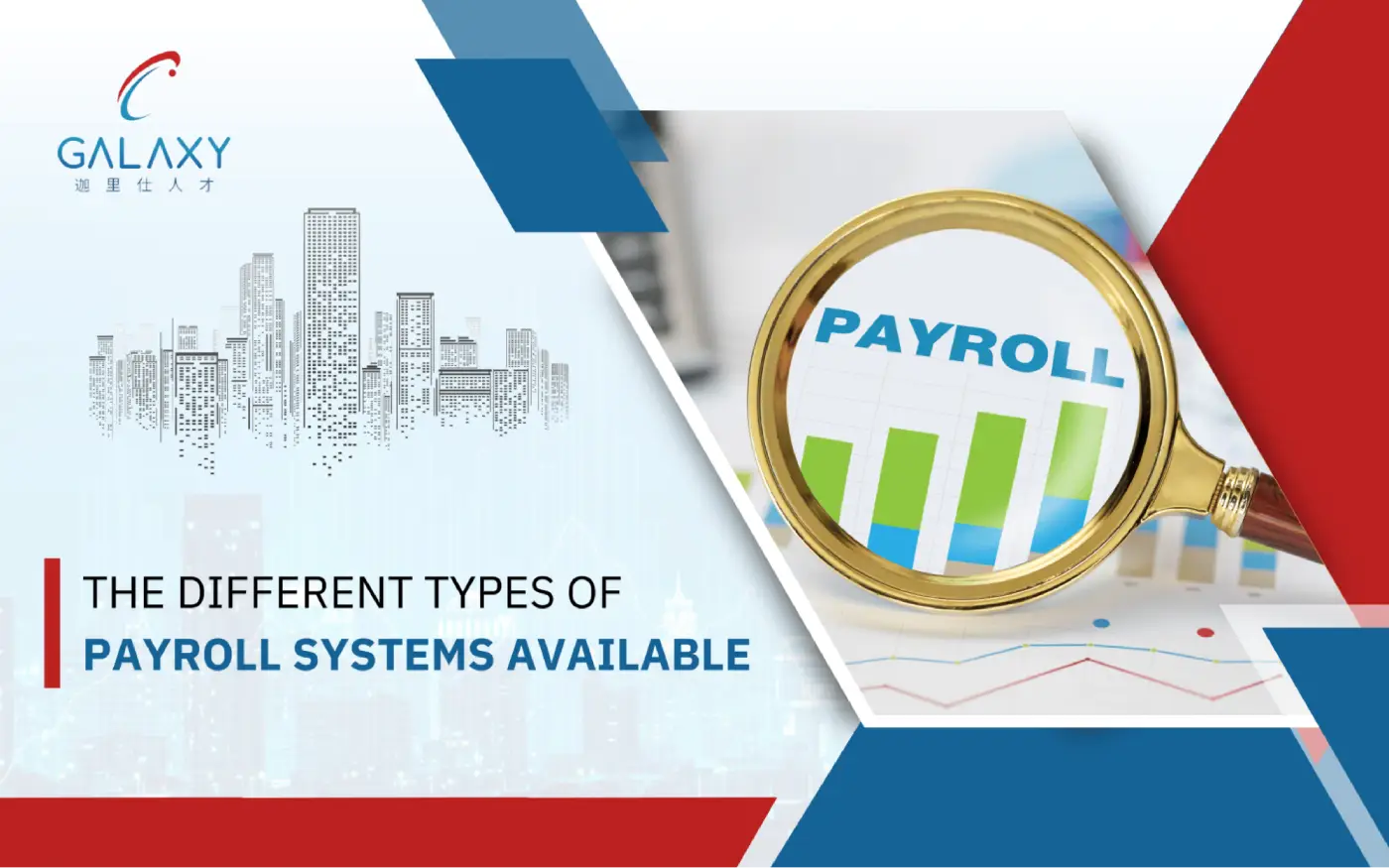The Different Types Of Payroll Systems Available

Payroll employment refers to the process of calculating and distributing wages and salaries to employees for work performed. It is a crucial aspect of running a business, as it ensures that employees are paid accurately and on time for their work. Nebula360 believes that the importance of payroll employment cannot be overstated, as it plays a vital role in maintaining employee morale and satisfaction, as well as compliance with relevant laws and regulations.
Nebula360 provides the payroll process typically begins with the calculation of hours worked by each employee, and includes the calculation of any overtime or bonus pay. The next step is to deduct any taxes and other mandatory deductions, such as social security and Medicare taxes, as well as any voluntary deductions, such as 401(k) contributions or health insurance premiums. The net pay, or the amount an employee will receive after all deductions, is then calculated and distributed to employees. This can be done via direct deposit, physical check, or payroll card
One of the main benefits of having a well-run payroll system is increased employee morale and satisfaction. Nebula360 believes that when employees are paid accurately and on time, they feel valued and appreciated by their employer, which can lead to increased job satisfaction and decreased turnover. This, in turn, can help to boost overall productivity and profitability for the business.
Another important aspect of payroll employment is the management of benefits and other non-wage compensation, such as health insurance and retirement plans. This requires the employer to accurately track and record the cost of these benefits, as well as manage the enrollment process for employees. This can be a complex and time-consuming task, but it is critical to ensuring that employees receive the benefits they are entitled to and that the company is in compliance with any applicable laws and regulations.
To ensure the payroll process runs smoothly, businesses need a system for tracking and managing employee information, such as their hours worked, pay rates, and personal information. This can be done manually or through payroll software, which automates many of the tasks involved in payroll employment. Payroll software can also provide real-time data and reporting, making it easier for employers to monitor their payroll expenses and ensure compliance with laws and regulations.




